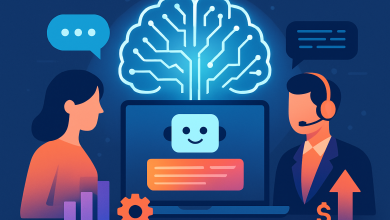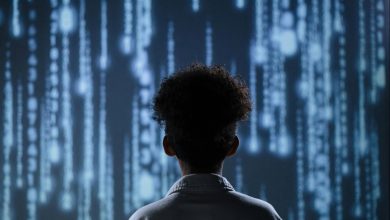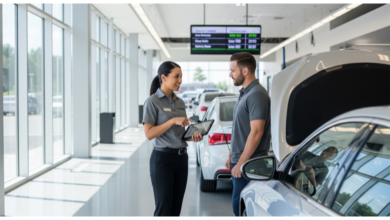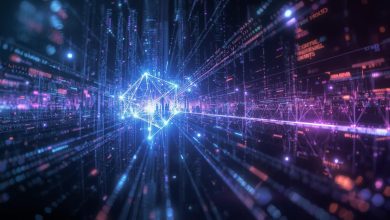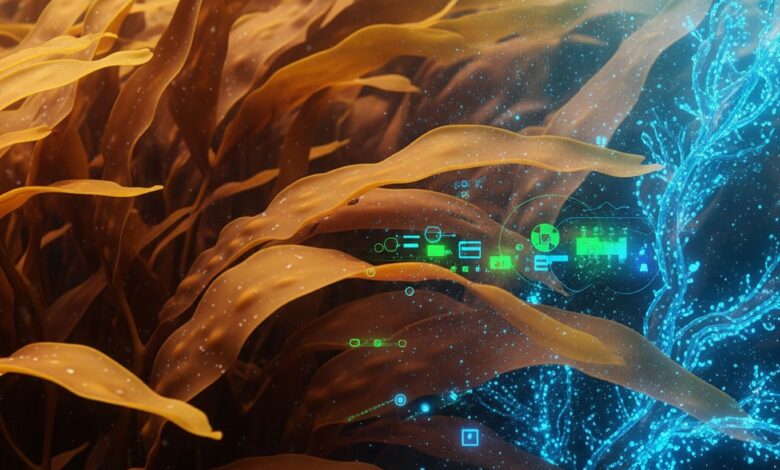
Global industry is staring down a supply problem on multiple fronts. There is simply not enough raw material or land to feed and power the future. According to the World Resources Institute, humanity will fall significantly short of the acreage and calories needed to feed the world’s expected population by 2050. Similarly, industries ranging from pharma to cosmetics that rely on finite feedstocks and petrochemicals are coming up short in sourcing renewable alternatives to satisfy customer demand.
The answer lies in our oceans. Seaweed—or macroalgae—is the ultimate super crop, able to propagate quickly with no watering, pesticides, or land required. And with 12,000 species around the world, its biodiversity delivers a range of clinically and functionally significant bioactives, polysaccharides, fibers, proteins, and more.
But even with so much to like about seaweed, it has historically been a difficult crop to manage at scale. Until recently, a lack of consistency, reliable availability, and limited understanding of its component elements have all checked its usefulness. However, the power of machine learning and artificial intelligence are rapidly changing that dynamic and are transforming seaweed into the foundation of a new clean ingredient system for the world.
Barriers to Seaweed Commercialization
Humanity’s narrow understanding of seaweed has allowed us to capitalize on just a fraction of its potential usefulness so far.
Despite there being thousands of different species, only 12-15 varieties make up the global commercial supply. And much of this is eaten directly as seaweed or distilled down into single ingredients like carrageenan or agar for use in specific applications. Worse, current production methods rely on drying and other processes that lead to widely variable consistencies between batches, seasonal availability, and limited use cases.
This stands in stark contrast to terrestrial-based feedstocks like corn and petrochemicals or other fossil fuel-originated ingredients that have been researched, produced, and benchmarked explicitly for use in global supply chains at scale. For seaweed to become a viable replacement to these more finite alternatives, its chemical composition must be similarly benchmarked for quality, composition, and price—a challenge uniquely suited to AI.
AI-Powered Seaweed Innovation
Advances in cheminformatics and machine learning are revolutionizing how we understand and use seaweed—not as a single crop, but as a modular ingredient system. For example, MacroLink™, our proprietary AI-driven discovery platform, functions as a computational ingredient discovery engine that can learn from detailed chemical, physical, and biological data curated from a wide range of seaweed species.
More than just cataloguing what’s in seaweed, it models and predicts how different seaweed-derived compounds perform in real-world applications like food emulsions, hydrogel formation, or new biomaterials. And using machine learning to identify structure-function relationships in seaweed chemistry, we can trace product needs (like heat stable emulsions or tensile strength) back to specific combinations of seaweed species or extraction techniques.
Critically, MacroLink also enables benchmarking and standardization, allowing ingredient developers and industrial designers to model substitutions across seasons, farming regions, or extraction processes. This ensures consistent functionality across supply chains—solving one of the biggest historical challenges with seaweed. This approach can help expand access to underutilized seaweeds and growing regions such as the immense Pacific coastline of North America.
These insights are giving rise to what we call SuperCrudes™: standardized seaweed-based ingredients and systems pre-validated for key functional properties like viscosity, binding, or bioactivity. They act as drop-in building blocks for innovation, with AI at the center of their discovery and continuous improvement.
A Seaweed-Enabled Future
Like with any AI application, the key to success lies in quality of data. To unlock seaweed as an innovation platform across multiple industries, it is critical to curate high quality data about all the world’s most useful seaweed species so that systems like MacroLink can mine it to power new supply chains for sustainable innovation.
Today, in partnership with farmers and researchers in seaweed-rich regions like Alaska, we have already begun chemically mapping a number of the world’s most popular seaweed species. But as an industry, we must expand this work to additional species and regions to inform an ever-growing range of SuperCrudes.
The ultimate aim is to unlock entirely new approaches to producing the textures, structures, proteins, fibers, and more that can replicate and even outperform traditional raw materials. Using AI, that goal is rapidly becoming reality and will enable the world to lean on the oceans for the innovation we need for a more sustainable future.


